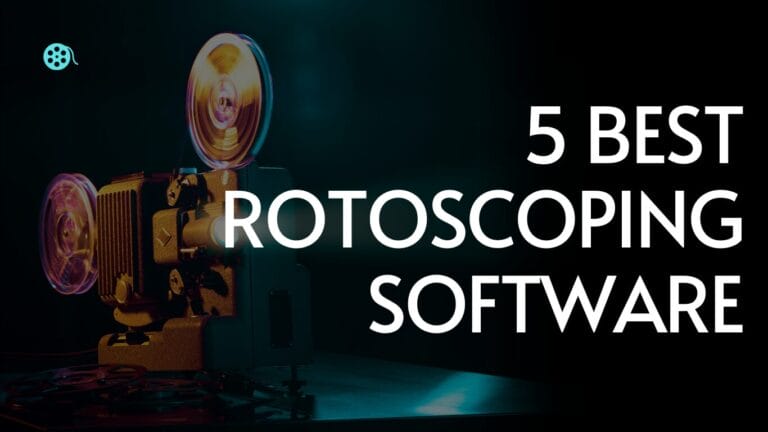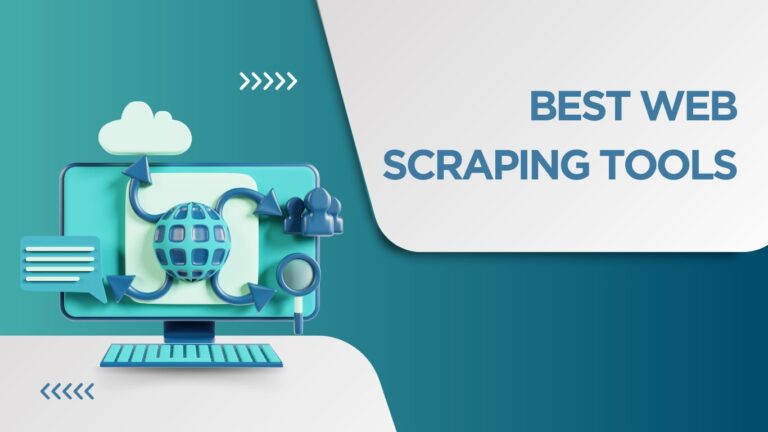In almost every article related to Ethereum and Bitcoin, you must have come across the term mining pool. In this article, we will focus on the mining pools and how they work?
Note: In this article, we take Bitcoin mining as an example.
What is Mining Pool?
In previous articles, we already explained how Bitcoin Mining and Ethereum Mining works. So, let’s dive into the mining pool.
Consider a situation when you are left alone in a dark, hunted palace with a single torch, and you have to find the way out of it. In that case, chances of you stumbling into the exit will be hard.
Let’s take the same situation, but this time you have your best buddies with you. They are equipped with torch lights and spotlights (hypothetically). In this situation, chances of you stumbling into the exit will be higher, and your buddies equipped with a spotlight will cover a larger area of the palace at a time as compared to torches. Since they covered a lot of areas, credit for discovering the exit will be higher for them.
Mining pools also operate in the same way. Here miners with varying computational power( similar to torches and spotlights) combine their resources to find the solution to the puzzle (similar to finding the exit).
The mining reward is shared proportionally according to the mining power contributed by each participant.
Coming to the formal the definition of the mining pool, according to Wikipedia–
“In the context of cryptocurrency mining, a mining pool is the pooling of resources by miners, who share their processing power over a network, to split the reward equally, according to the amount of work they contributed to the probability of finding a block.”
How Mining Pools work?
We already know the technicality of the bitcoin mining process. You must have realized the importance of nonce and timestamp in calculating the target hash.
With an increase in the difficulty in mining bitcoin, single miners faced a hard time finding the target hash.
Here, the mining pool comes into the picture where miners with average computational power can contribute to mining.
As we know, all transactions wait in the mempool before they are mined.
Mining pools prioritize transactions with higher transaction fees.
According to the number of hashes calculated by each participant in one second, a range of nonce is provided to each member
Let’s wait here and understand how each participant helps in mining.
- The transactions picked is assigned to each participant.
- The constants in the input to the hashing functions are the transactions and the timestamp.
- Each participant then varies the nonce value and then checks if the hash calculated is below the target hash.
- If they happen to find the hash, the mining reward and the mining fee is distributed proportionally according to work done by each in calculating the hash.
- A pool operator keeps track of the work done by each participant so that the reward can be distributed proportionally.
Reward distribution in mining pools
Let have a small introduction of share in the context of a mining pool. A share is a method to keep the miners honest and helps in the fair distribution of mining rewards.
- Proportional mining pools (PMP): In this type of pool, miners contributing to the pool’s processing power and continue to receive shares until the pool mines a block. After that, miners receive rewards proportional to the number of shares they hold.
- Pay-per-share pools(PPSP): In this pool, each miner receives shares for his or her contribution to the computational power of the pool. These pools provide instant payouts irrespective of whether a block is mined or not. A miner contributing to PPSP can exchange shares for proportional payout at any time.
- Peer-to-peer mining pools(PPMP): This is more of the decentralized pool where the participants work on a separate side blockchain. When they find a hash lower than the target hash, it is updated in the Bitcoin network as well in the side chain. This prevents mining pool operators from cheating as well as the failure of the pool.
Now you know, how mining pools operate and how to choose one best suited for you.
If you want to learn more about the Crypto ecosystem, sign up for the weekly newsletter.









